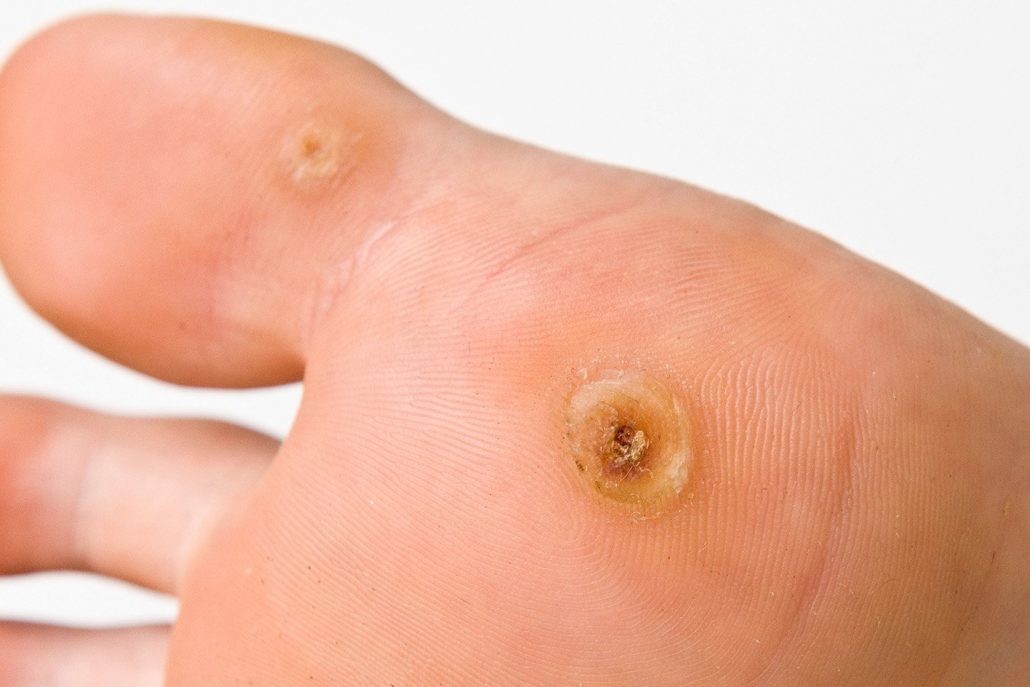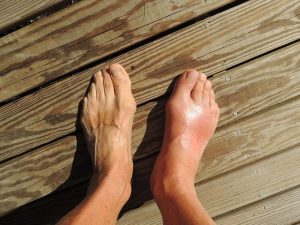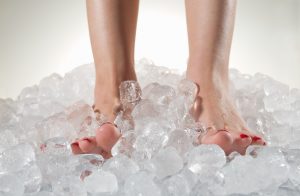I am not talking about the ones who use the last of the milk or think that a fresh towel is required for every trip to the shower these ones are far worse. Verrucas are the subject this month. So what are they? how do we get them? and more importantly how do we get rid of them?
Verruca pedis, to give them their full name, or ‘plantar warts’ as they are also sometimes known. are a benign (non cancerous) viral infection of the skin most commonly found on the soles of the feet. The infection is caused by the human papilloma virus (HPV). The virus can cause different types of verruca, from single lesions to multiple clusters known as mosaic lesions and can also be spread to other parts of the body. Verruca occur most often in children and young adults, between the ages of 12 and 16 but adults can also be affected. Incidence is higher in people who share common bathing areas (e.g., dormitory students, gym members). This may well be why I see more verruca here as we have so many swimming pools.
Verrucas can occur when HPV invades the body through tiny cuts or breaks in the skin on the bottom of the feet. The virus often is encountered on contaminated surfaces, such as the tile floors of public changing rooms, showers, and swimming pools. Normally, antibodies in the blood destroy HPV, but in some cases, it takes refuge in the skin and verruca appear
Appearance and diagnosis. Usually spongy in appearance often grey or yellowish with a well defined border. Small back dots may be seen within the lesions, these are capillaries which supply them with blood. They are often likened to icebergs because the part that you see on the surface is often half the size of what is underneath. They may be painful as they may occur under areas of pressure on the feet, like the ball of the foot or the heel. Generally verruca are diagnosed on appearance and by the “squeeze test”, verruca are not usually painful on direct pressure, unlike corns and callous, but squeezing either side of the lesion causes sharp pain. A word of warning to parents wanting to try this test on their children , squeeze very gently at first as a small amount of pressure can cause a large amount of pain. Differential diagnoses are most commonly corns or callous but in rare circumstances other benign and even malignant lesions have to be considered. Occasionally if there is doubt over the diagnosis a skin scraping may be taken by the podiatrist for analysis by the pathology lab.
So how do we treat these unwelcome guests? Well there are plenty of home treatments available over the counter at the pharmacy. These are usually in the form of acids, salicylic acid being the most common. Care needs to be taken not to damage uninfected skin and these treatments should be avoided if the patient is diabetic or sufferers from circulatory problems. I have also come across a number of rather unconventional treatments over the years. Duct tape has its supporters and there was some research which indicated that it was as effective as many of the over the counter medicines. But this may reflect how ineffective some over the counter medicines are rather than the effectiveness of duct tape. Garlic applied to the lesion daily is also said to be effective, I had a fellow podiatrist in Bermuda who used to swear by it, although I am yet to be convinced. Homeopathy in the form of marigold is also said to be effective.
If home remedies prove ineffective, then a trip to someone like me may be required. A podiatrist will have a number of treatments available to treat verruca. Topical chemical treatments similar to home treatments but a lot stronger combined with debridement enable better penetration of the infected tissue. These topical chemical treatments will need to be repeated over a number weeks to completely kill the verruca. More aggressive and often more effective is cryosurgery. Here the infected tissue is frozen with liquid nitrogen or similar cryogen. Freezing damages the cells causing cell death end eventually resolution. Unfortunately there is no one hundred percent effective treatment for all verruca and although most lesions only require a little help from the podiatrist occasionally we do come across very stubborn ones which require multiple treatments over an extended period and patience and persistence are required on the part of the patient and the practitioner. So treatment can be tricky, what can we do to avoid them? Well here’s what our friends at the American Podiatric Medical Association (APMA) have to say, the following may help to prevent plantar warts: (verruca) Avoid walking barefoot whenever possible.
- Change shoes and socks daily.
- Keep feet clean and dry.
- Check children’s feet periodically.
- Avoid direct contact with warts on other persons or on other parts of the body.
- Do not ignore growths on, or changes in, your skin.
- Visit a podiatrist as part of your annual health check-up.









